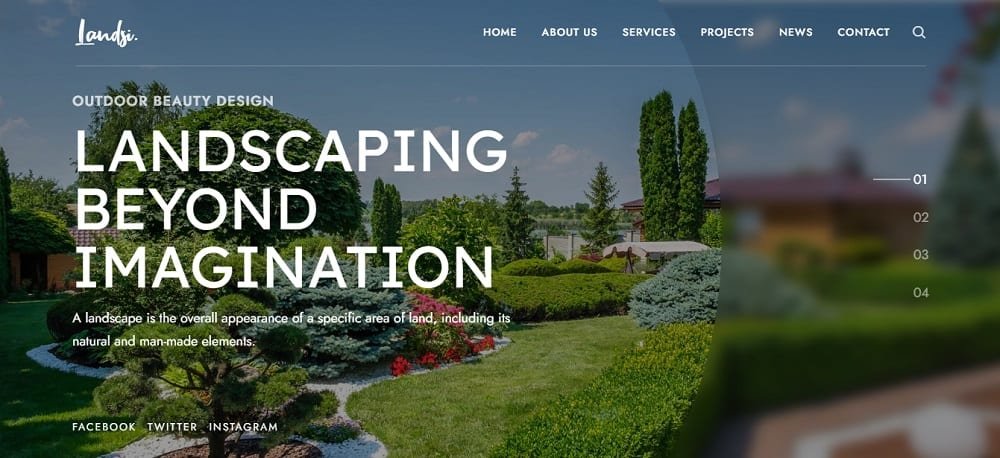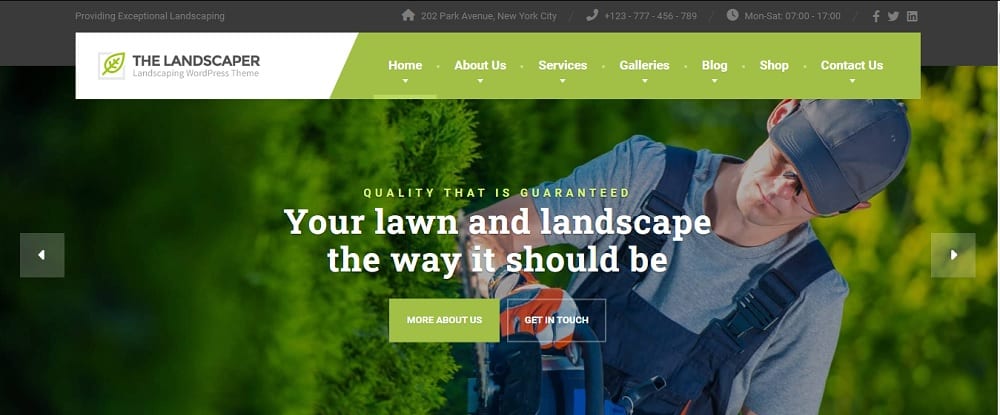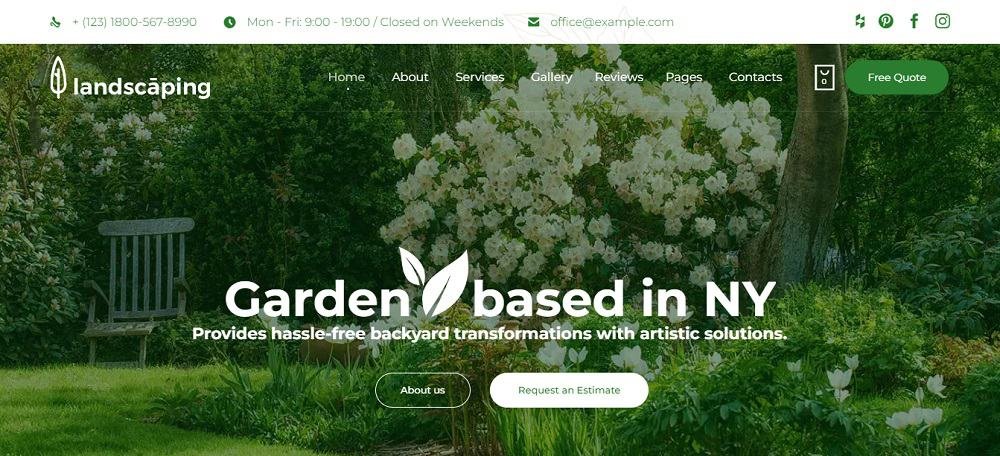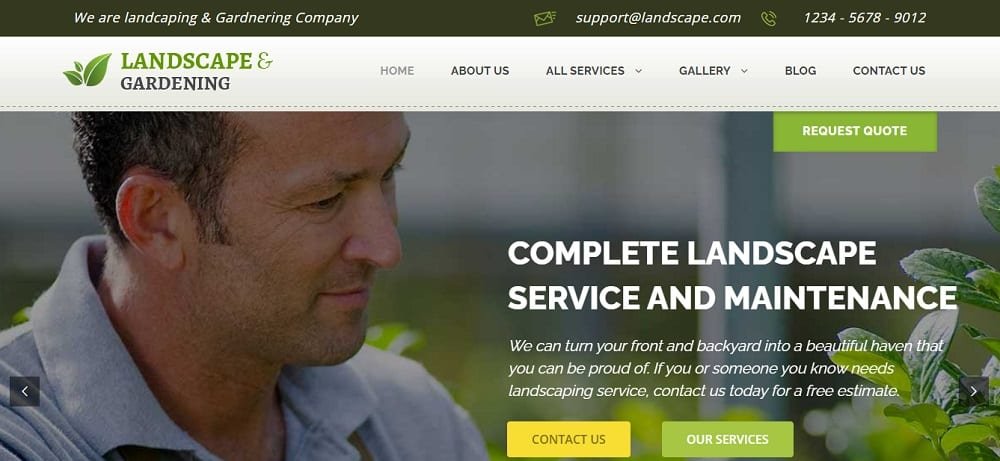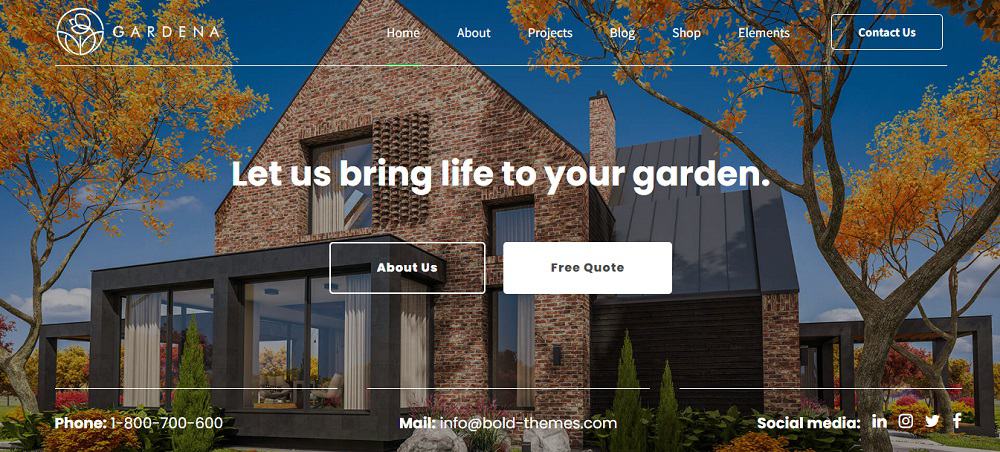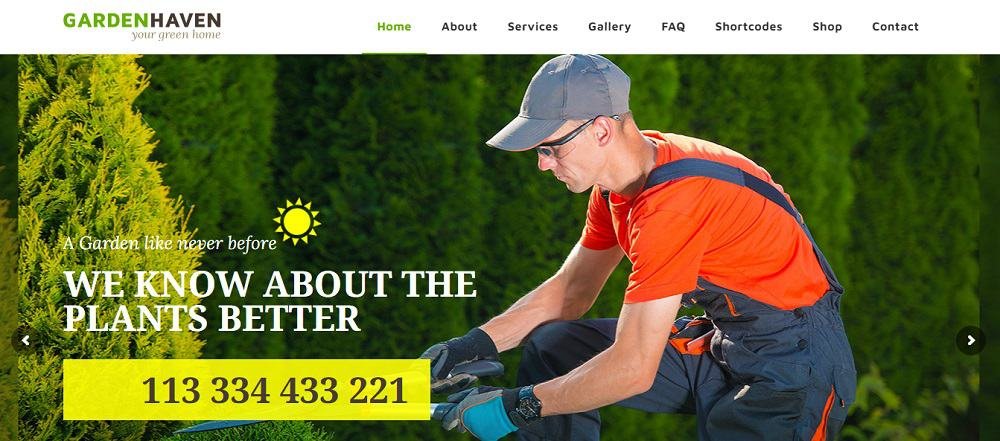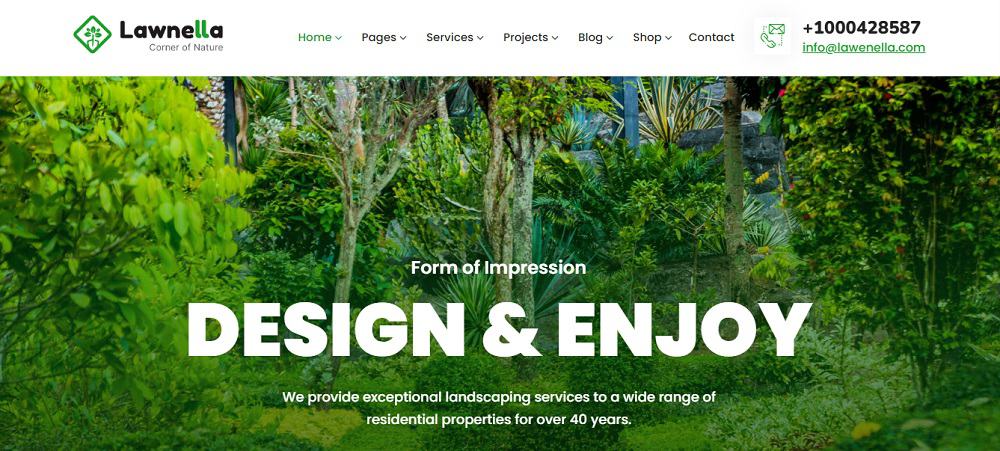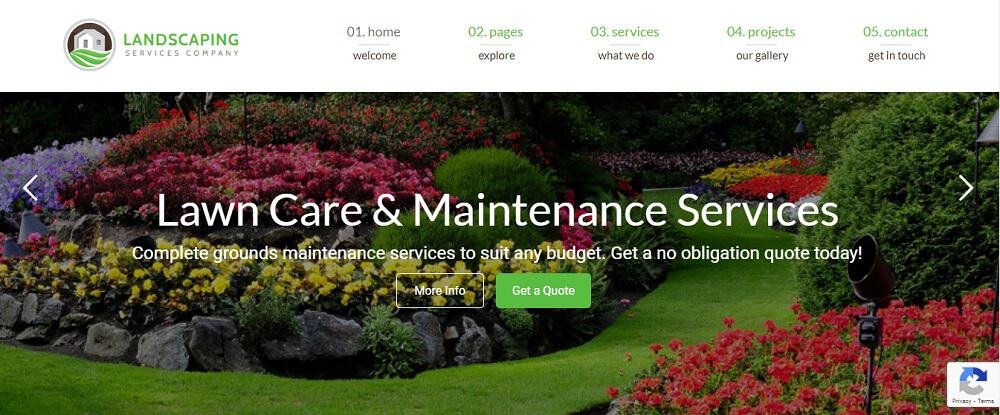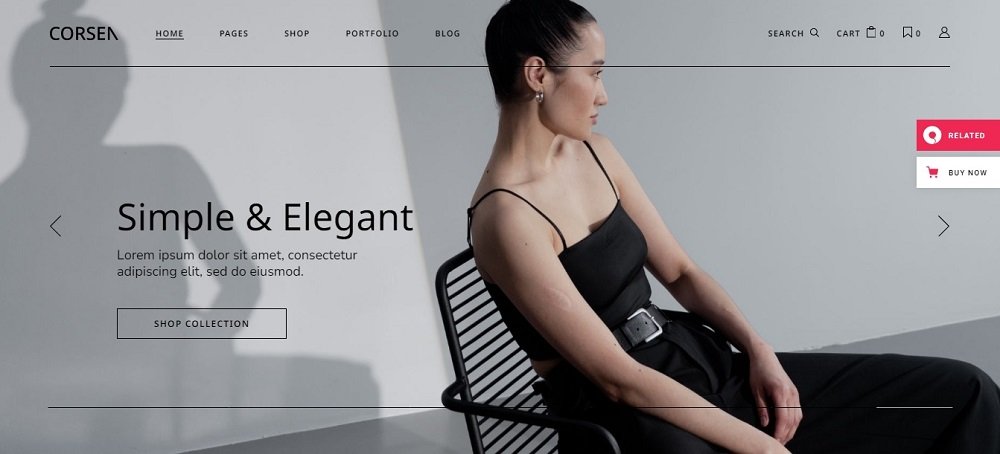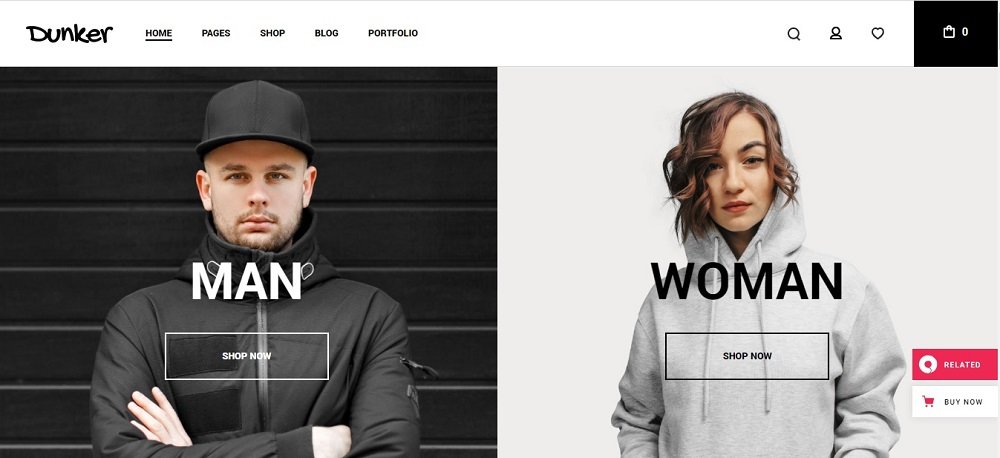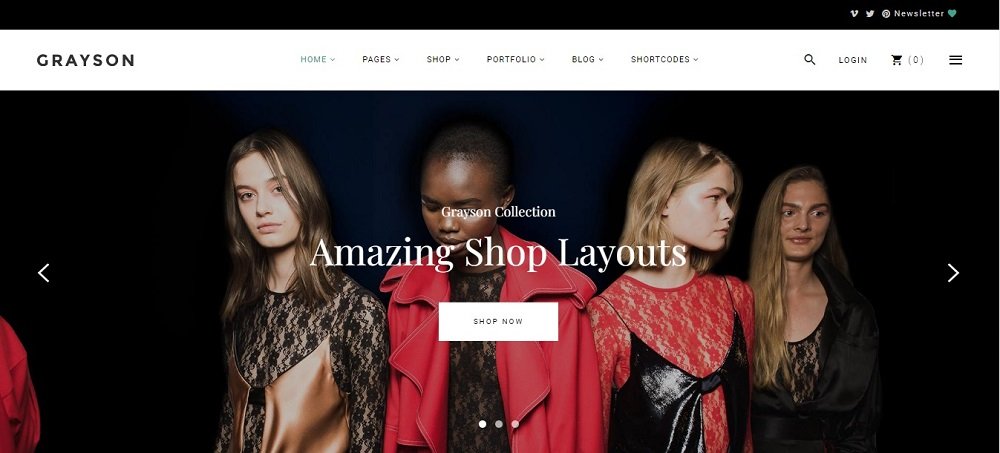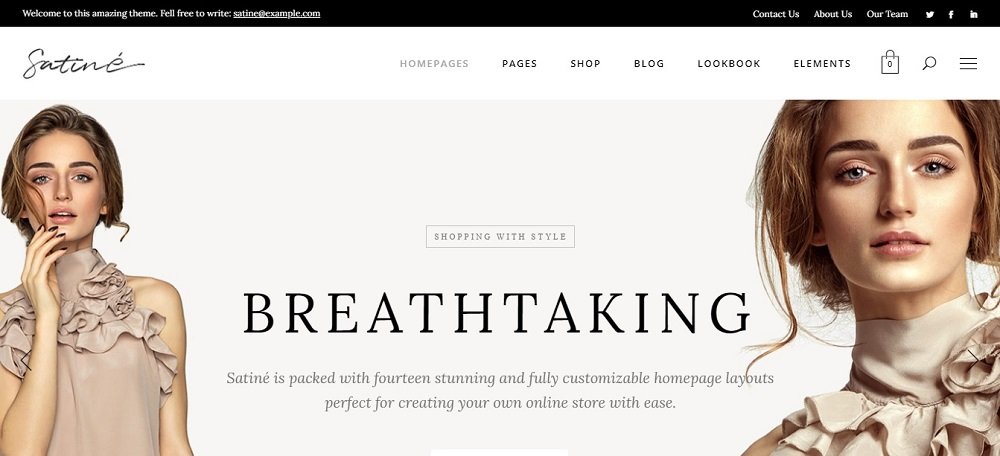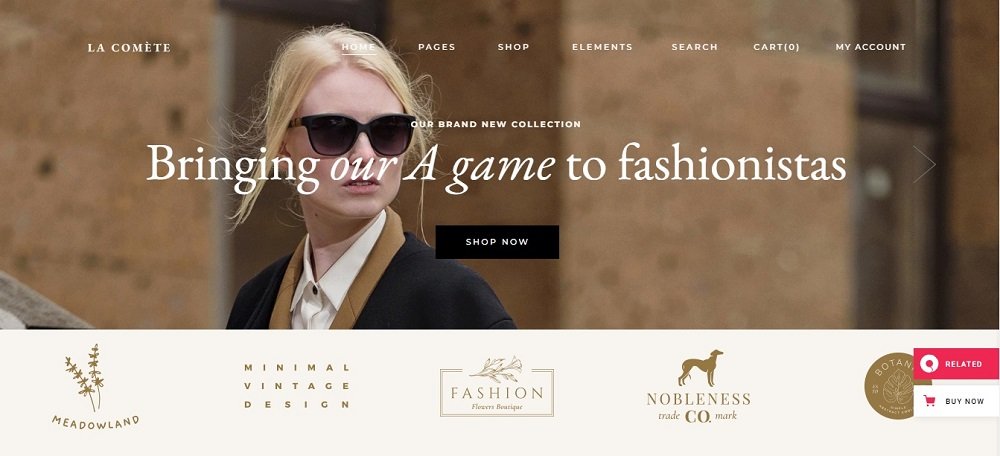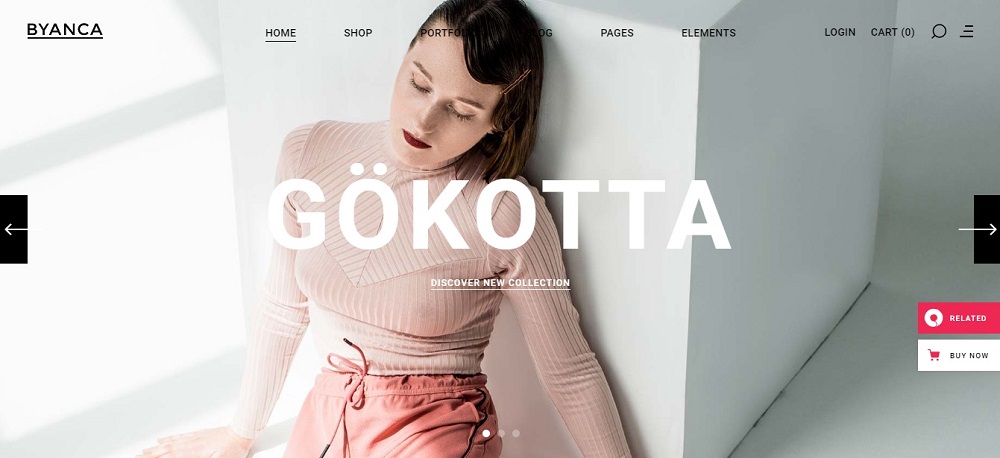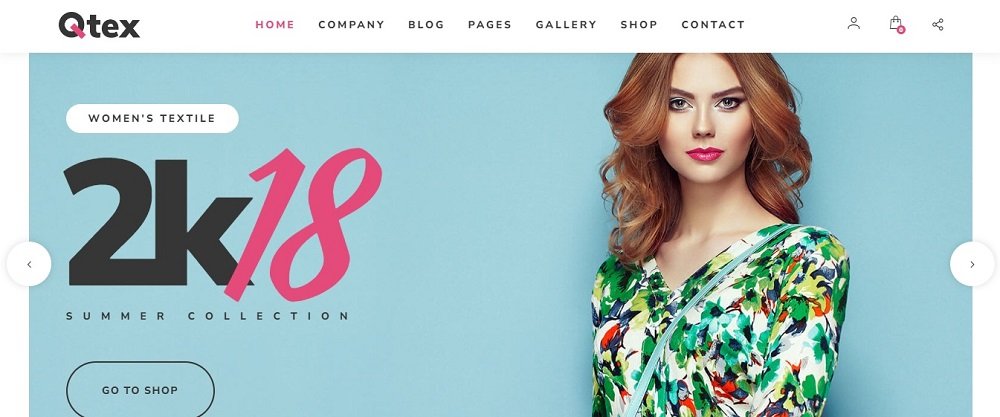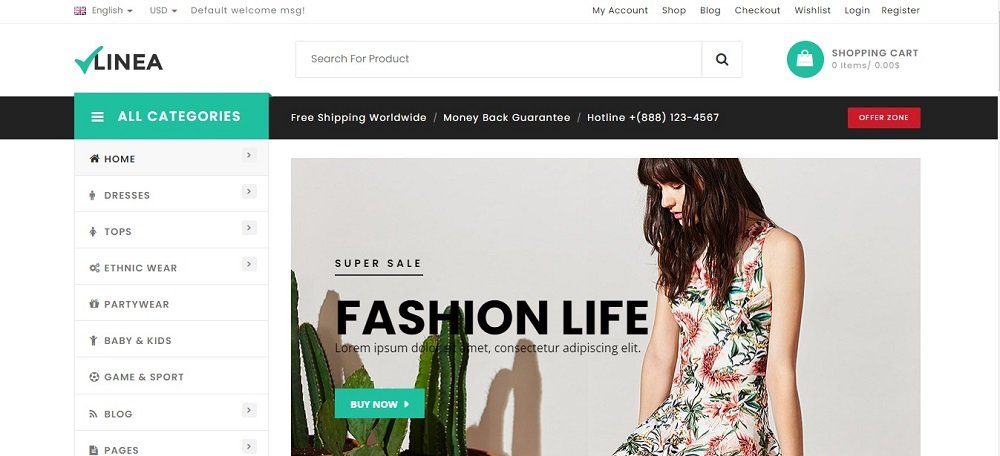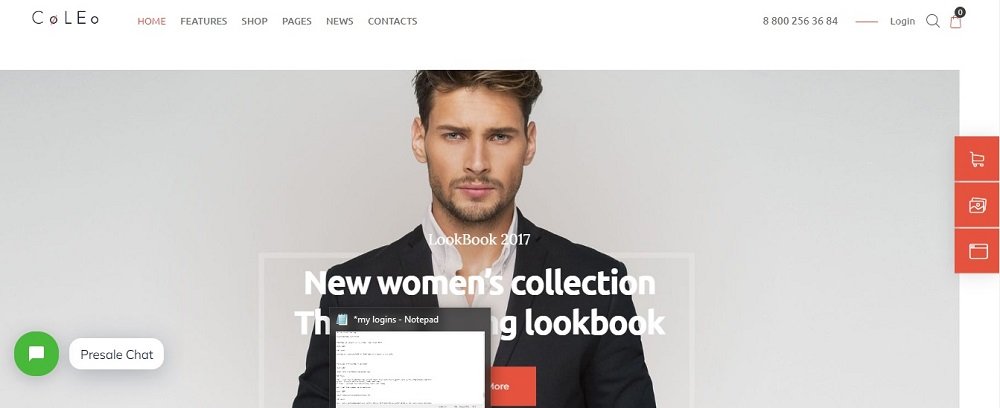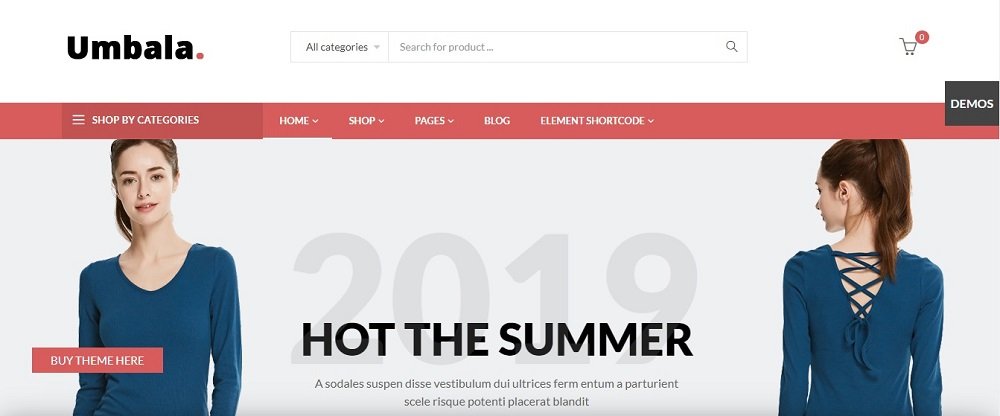Wants to know how to get more leads to your website?
If your website isn\’t producing enough leads, you\’re undoubtedly frustrated by its poor performance. You must establish numerous effective calls to action and construct a comprehensive content strategy to increase the number of leads from your website.
Table of Contents
ToggleYou understand how difficult and thrilling it can be to run a digital agency and provide top-notch customer service, exercise creative direction, and turn a profit. Of all, the vital force behind it all is your clientele. This foundation is what keeps your agency expanding and progressing.
So, if you’ve wondered, “How do I get more leads on my website?” You’re in the right place. Let’s find effective approaches to get more leads on your website.
Create Valuable Content
Content marketing is a powerful tactic to boost lead creation and enhance marketing efforts. In addition to raising visibility, engagement, and confidence in your brand and goods, creating high-quality content is the best approach to improve SEO. Increasing the visibility of your search results will drive more visitors to your website and increase the number of prospective buyers.
Producing content is one of many challenging tasks at hand. It all comes down to producing material that appeals to potential clients. It\’s critical to consider your audience and the kinds of content they enjoy reading, viewing, and listening.
Developing a content strategy requires you to communicate with potential clients in various ways. Reports, whitepapers, blogs, e-books, videos, and infographics are popular content forms that can be used on your website to create leads.
The second crucial goal is effectively promoting high-quality material so your target audience knows your offer. The best method to raise awareness of something that will help them is through content creation.
Suggested Read: How To Increase Website Traffic Through Social Media
Optimize Your Lead Capture Forms
The leads should start rolling in if you\’ve done everything correctly up to this point, including optimizing your website for lead creation. However, what are you doing with every one of their contact details?
Maintaining a single, user-friendly CRM for your leads is essential to their effective nurturing. Bonus points for having a free CRM with marketing automation, proposal sending and status checking capabilities, and lead status updating. Quickly determining where your leads are in the sales funnel will assist you in deciding which of the earlier phases needs to be changed to produce more business leads.
The following are some typical pages that a business may receive traffic to:
- Blog posts: If you\’re using the content well, some of your best-performing posts may draw inbound links from relevant, high-quality traffic.
- Social media: People who interact with you on social media platforms may send you traffic if you have an active presence.
- Email marketing: If people find your emails particularly interesting, they may click through to your website.
Suggested Read: How to Increase Conversion Rate on Ecommerce Website
Utilize Strong Calls to Action (CTAs)
Your homepage should offer a free trial of the product or service or an opportunity to subscribe to an email newsletter. For instance, you might think about placing one of these call-to-action buttons at the top and middle of your website:
Get a free trial
It\’s easier for your consumer to try out your product or service with free trials and demos before committing to a long-term partnership. They let you compile a list of leads testing your product right now. Use a CTA and a form to gather their information while offering your goods for free for a limited time.
Join our newsletter subscription
Users frequently like their browsing to be unobtrusive. Customers who visit your website for the first time are less likely to buy anything. Encourage them to sign up for your newsletter, which informs them of the newest trends and product updates, to keep them interested without making excessive demands.
Leverage Social Media and Email Marketing
Email marketing and social media are effective ways to increase website lead generation. Determine which social media sites are most popular with members of your target group. Concentrate your attention on such sites. Ensure all your social media profiles have a link to your website, are full, and appear professional. Make sure your branding is the same on all platforms.
Concentrate on developing an active and focused email list. Incentives should be provided for email sign-ups, such as discounts, access to special material, or free resources. Segment your email list according to preferences, behavior, or demographics. This enables you to send more individualized and focused messages.
Optimize Your Website for Search Engines (SEO)
A variety of variables can impact customer experience and website performance. Their experience can positively or negatively impact a visitor\’s impression of your brand on your website, which is often their first point of contact with your company.
A badly optimized website can give you a less-than-polished appearance. Some visitors may wonder how secure your website is. SEO and visitor retention may also be impacted.
The easiest approach to ensure that your website appears at the top of search results pages, where people are most likely to view it, is to optimize it for search engines.
After compiling a list of your target keywords, you can start optimizing the content on your website. This entails optimizing your website\’s title tags, meta descriptions, header tags, and images for certain keywords.
Google Ads
One of the most well-liked and successful internet advertising systems is Google Ads. It enables you to connect with potential clients interested in your niche or looking for your goods or services. Nevertheless, more than obtaining clicks is required. Additionally, you must turn those clicks into lead prospects who have expressed interest in your offer and provided you with their contact details.
To guarantee consistency and relevancy, you must first match your landing page and keywords with the language of your advertisement. To convince the user to click on your advertisement and proceed, you need to emphasize your call to action, benefits, and distinctive value proposition. Thirdly, to improve your ad and provide the consumer with additional alternatives and information, you should utilize several ad formats and extensions, such as call-only, dynamic, or responsive advertising, as well as site link, callout, or lead form extensions.
Conclusion
There should be more to your lead-generating plan than just a \”click here\” or \”submit\” button on a page. Developing a well-planned and strategic approach is necessary, but it\’s pretty easy. It all begins with assessing your current situation, compiling all relevant information, and creating a written plan.
Contact Tectera a SEO company in Scarborough to get more leads to your website.








